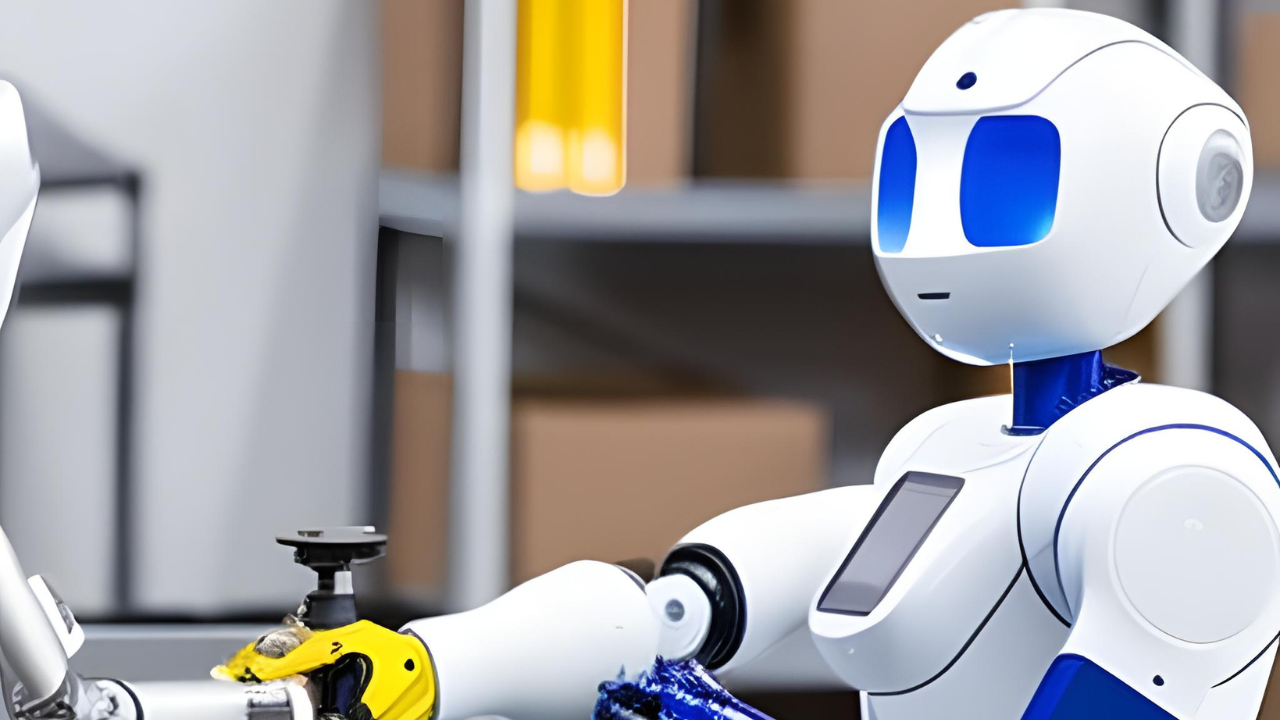Demystifying Data Science Algorithms: A Beginner’s Guide (Part I)
Jul 14, 2023
Welcome to the first installment of a three-part series aimed at making the intricate world of data science algorithms more accessible to beginners. If you're an established professional considering a shift to data science or intending to upgrade your current data analytics skills, this series is meant for you. It is designed to help you comprehend the essentials of data science algorithms and appreciate their significance. Everyone has to start someplace, and we hope this series serves as your starting point.
Data science is a multidisciplinary field that utilizes mathematical and computational techniques to derive valuable knowledge from data. It's a fusion of mathematics, statistics, and computer science that interprets and makes sense of structured and unstructured data. One of the crucial components of data science, the algorithm, may seem complicated at first but is fundamental to data processing.
Understanding Algorithms
In the realm of data science, an algorithm is a set of sequential instructions that a computer follows to resolve a specific problem or attain a particular outcome. Suppose you work in an industry like healthcare, finance, marketing, or any other field dealing with considerable volumes of data. In that case, data science algorithms are employed to scrutinize this data, detect patterns, and extract meaningful insights that can guide decision-making.
These algorithms hold immense value. They are the bedrock of data science, machine learning, artificial intelligence, and advanced analytics, empowering us to build predictive models, automate tasks, and make informed decisions.
Types of Data Science Algorithms
Data science algorithms are generally categorized into two types: Supervised Learning and Unsupervised Learning.
Supervised Learning Algorithms
Supervised Learning Algorithms are built to learn by example. During the training phase, a "correct" answer is provided for each data point. The algorithm then searches for patterns that allow it to accurately predict the outcome for unseen data points. A popular example is the Linear Regression algorithm, used to predict a continuous value like forecasting a house's price based on factors like its size, location, and other parameters.
Unsupervised Learning
Conversely, Unsupervised Learning Algorithms are used when the "right answer" isn't provided in the data. These algorithms search for patterns and structures in the data. They are usually employed for clustering, grouping data points such that points in the same group are more similar to each other than to those in other groups. A widely used example of this is the K-means clustering algorithm.
In this series, we'll further unpack these algorithms, delve into their workings, and highlight some frequently used examples within the industry. So, if you work in data science, machine learning, artificial intelligence, or advanced analytics and aim to build a strong professional image, stay tuned for Part II. Remember, you are more ready than you may think!
Now Offering Live Free Online Data Science Lessons.
